Home » Home Decor » How to Remove Ugly Scratches from Wood Furniture
You don’t need a professional to fix wood scratches. In fact, you can save big bucks and do it on your own.
There is a huge difference between a trendy distressed wooden table and a worn out one that has accumulated quite a few noticeable nicks and scratches on its surface over the years. While the former can add value to your home, the latter can pretty much ruin your entire décor.
If you’ve had the same wooden furniture in your home for several years, there is a good chance it is now adorned with some minor scrapes and abrasions at the very least. In case you have kids or pets, the situation is probably worse.
However, before you spend any big bucks by hiring a professional or replacing your furniture, here are a few DIY hacks for wood scratches that would easily cover up small imperfections in your tables and cabinets.
What’s even better is that you’ll only need a few common household items to fix wood scratches and restore the surface.
Find out if it’s really a scratch
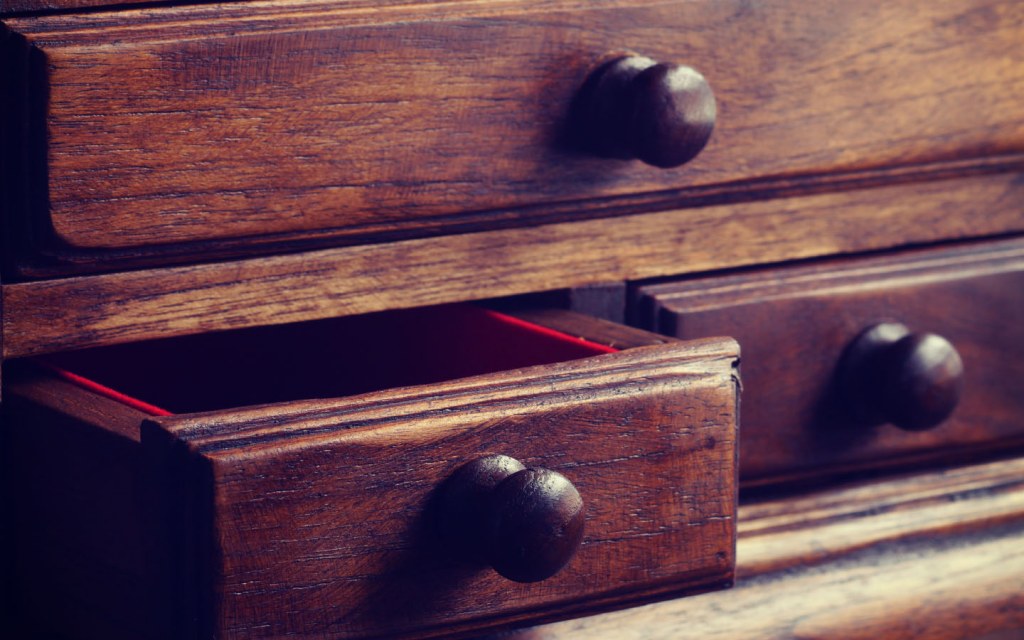
Your old coffee table may look distressed and downright shabby, but are you sure the surface is actually scratched?
More often than not, what might appear like a scratch to the naked eye could simply be just a scratch in the wax buildup. If you regularly wax your furniture to protect it from moisture and discolouration, chances are the accumulated residue on the surface would have prevented any minor scratches.
The best way to figure out if the surface is fine is by running your finger over the scratch. If you cannot feel an abrasion, it’s just a cosmetic flaw that can be easily fixed in most cases.
Removing wax build-up from wooden surfaces
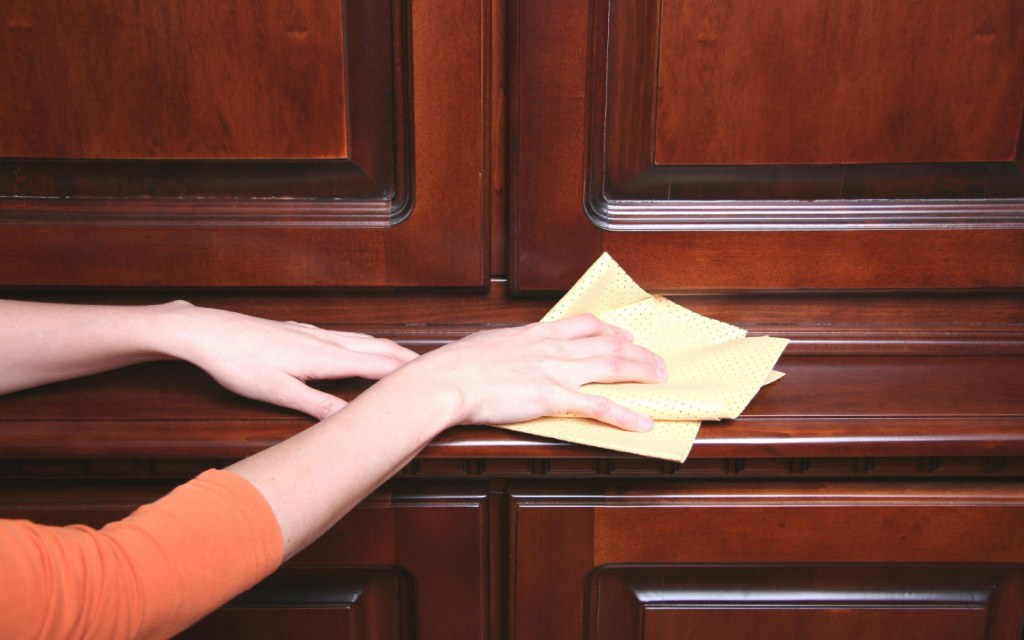
While there are chemical wax removers available in the market, you can go the easier (and more affordable) route by creating a wax remover at home. All you need is a solution of equal parts white vinegar and room temperature water along with a lint-free, soft cotton cloth.
Start off by cleaning the dust on your furniture with a clean duster. Then dampen a cloth in the water-vinegar solution and gently wipe the surface in the direction of the grain to break up the wax deposit. Repeat it at least thrice before taking a piece of dry cloth and softly rubbing it against the grain to lift the residue. Make sure to continuously rotate the fabric so you’re always using a clean side.
Once you’ve removed the wax buildup, you would be able to see a smooth and scratch-free surface. You can either do a quick coat of liquid wood polish or use the ones available in aerosol containers to protect the surface against further damage.
How to get conceal and fix ugly wood scratches
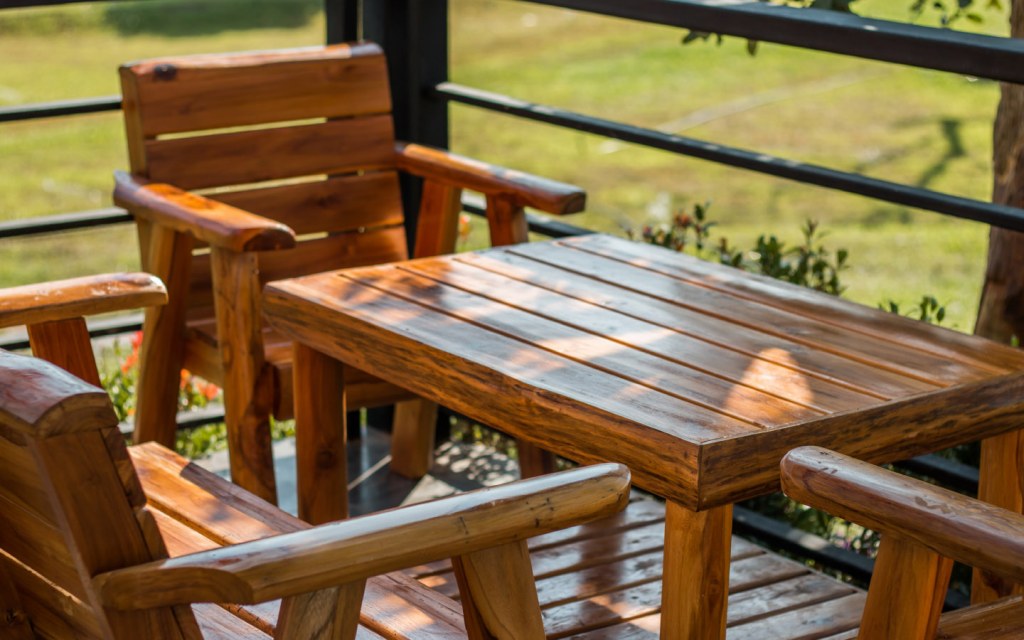
Touch the scratches on your furniture. If you are able to feel the abrasions, it means the surface has been affected. Generally, you can fix wood scratches by sanding or scraping the surface, which is both time consuming and a bit heavy on the pocket.
However, there are certain quite inexpensive tricks that you can use to disguise and remove scratches from wood without compromising on the appearance of your furniture.
Crayons

Using wax crayons is perhaps one of the best ways to fix scratches on wood table and dressers. All you need is to find a crayon that has the same shade as your furniture and gently rub it across the scratch. Once the wax fills up the abrasion, use the wood polish spray to seal it.
It may be a temporary fix, but it works just fine if you remain careful not to scratch the same spot again.
Nuts

This is probably the most well-known way to repair scratches on wood furniture. The method is pretty straightforward. To remove scratches from wood furniture with a walnut, you only need to rub the meat of walnut over the scratch in the direction of the grain until the oil from the nut sinks into the wood. If you can’t find a walnut, pecans or almonds would also do the trick.
It is important to point out that this technique is more suitable for dark-coloured furniture.
Lemon Juice

If you are dealing with a few minor scratches on the surface, using lemon juice is perhaps your best bet to restore your wooden furniture to its former condition. Just mix lemon juice with equal parts vegetable or olive oil and use a lint-free cloth to apply the mixture on the surface. Keep rubbing the cloth in the direction of the grain to remove scratches from wood.
This DIY hack to fix wood scratches works best on light-coloured furniture.
Coffee Grounds

Coffee grounds or instant coffee powder is a great solution to hide a light coloured scratch on dark wooden furniture. Take some coffee grounds and place them at the end of a damp Q-tip before lightly dabbing it over the abrasion.
You might have to repeat this process a few times after every couple of hours to completely fix the wood scratches.
Tea Bags

This is another popular DIY hack to remove scratches from wood furniture. Depending on the size of the surface and the number of scratches you plan to fix, take some teabags and steep them in two to three tablespoons of hot water for a few short minutes before dabbing a cotton ball onto the wet tea bags and rubbing it on the scratch.
Just like the coffee grounds technique, you might need to repeat the process more than once. It’s a great and cheap way to fix minor nicks and marks without wasting any precious material.
Olive and Vinegar
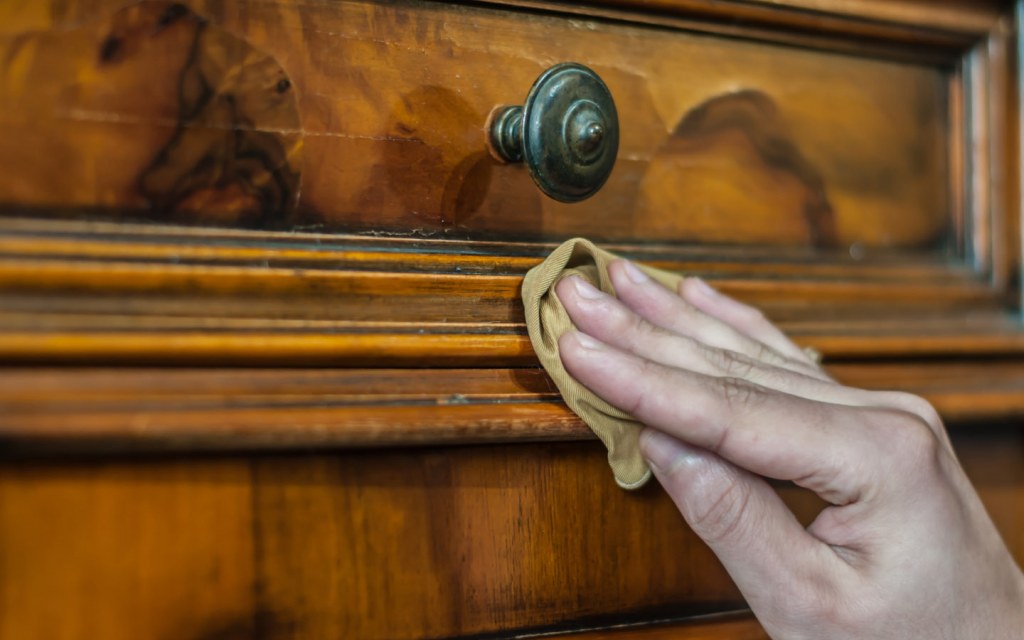
Unlike walnuts and almonds, almost all of us have vinegar and olive oil in our kitchens at all times. Mix the two ingredients in equal amounts and dab the solution onto the scratched surface with a soft cotton cloth. Just rub it in the direction of the grain to remove scratches from wood. Within a few minutes your furniture, no matter how old or worn out, will be as good as new.
Iodine
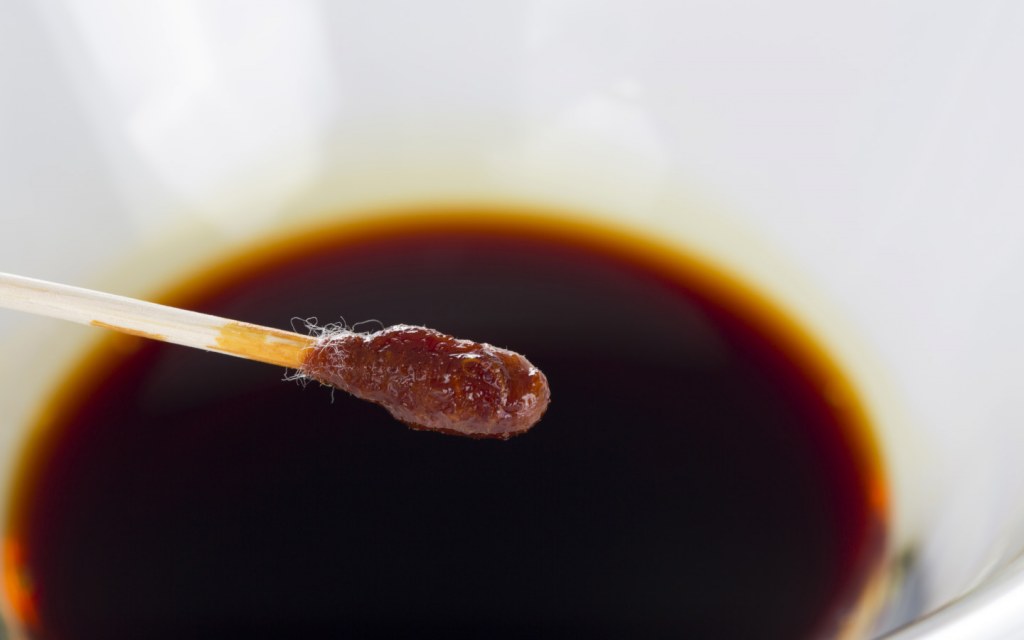
If you have a mahogany or cherry wood furniture, use iodine to fix the wood scratches. Take a fine brush or a cotton swab and dip it in iodine before painting across the scratch. Wait for the first layer to dry before following up with more until the abrasion disappears — at least visibly. If your furniture is in a lighter shade, use a diluted solution of iodine. Don’t forget to seal the surface with a coat of wood polish.
Make-up
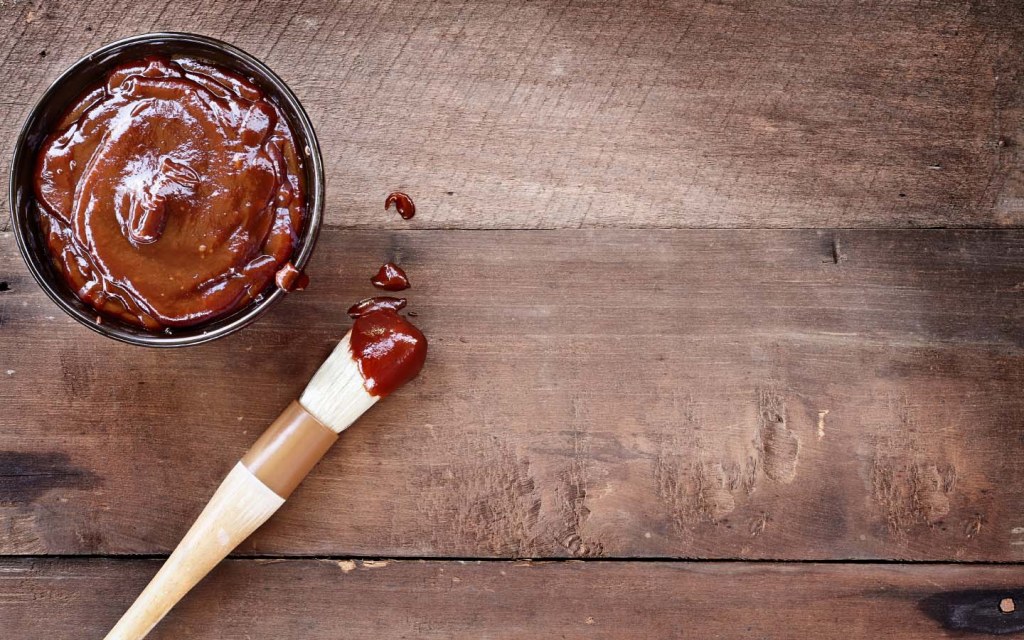
In case you can’t find crayons or markers in matching shade, make-up is your next best option. Take an eyebrow-pencil in the same shade as the furniture you’re trying to fix and gently trace it over the scratch until it matches the colour of the surface. This DIY hack for wood scratches will work perfectly on smaller nicks and scratches.
Oil Paint
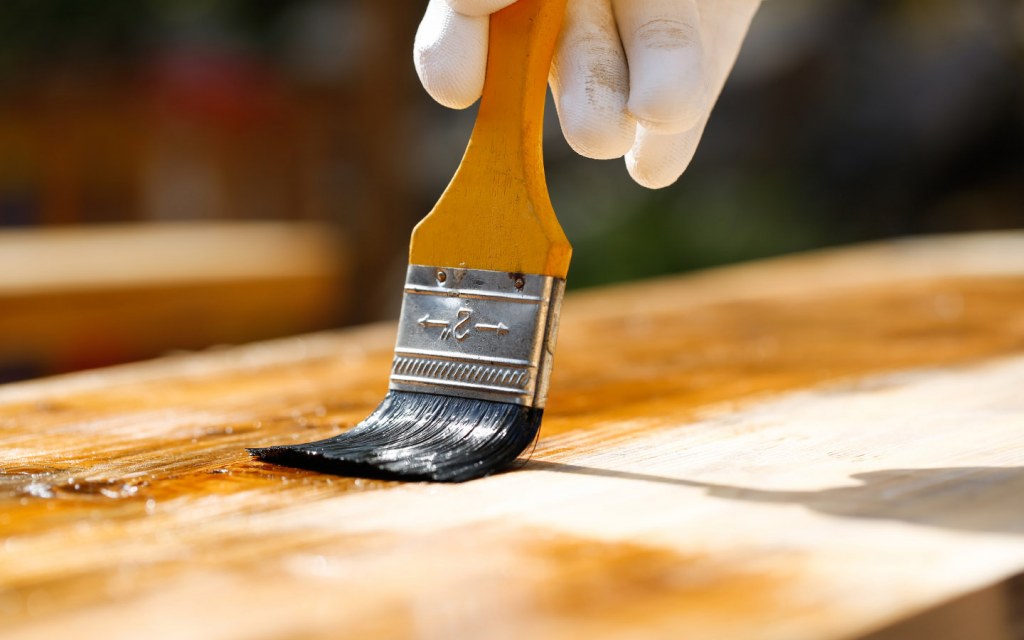
This DIY trick to fix wood scratches could go a little bit wrong if you’re not careful enough. Choose an oil paint in the shade closest to your wooden furniture and use a fine paintbrush to fill in the scratches. Just make sure to use a small amount of paint each time, otherwise, you might end up making the scratch look even more obvious and ugly.
Shoe Polish
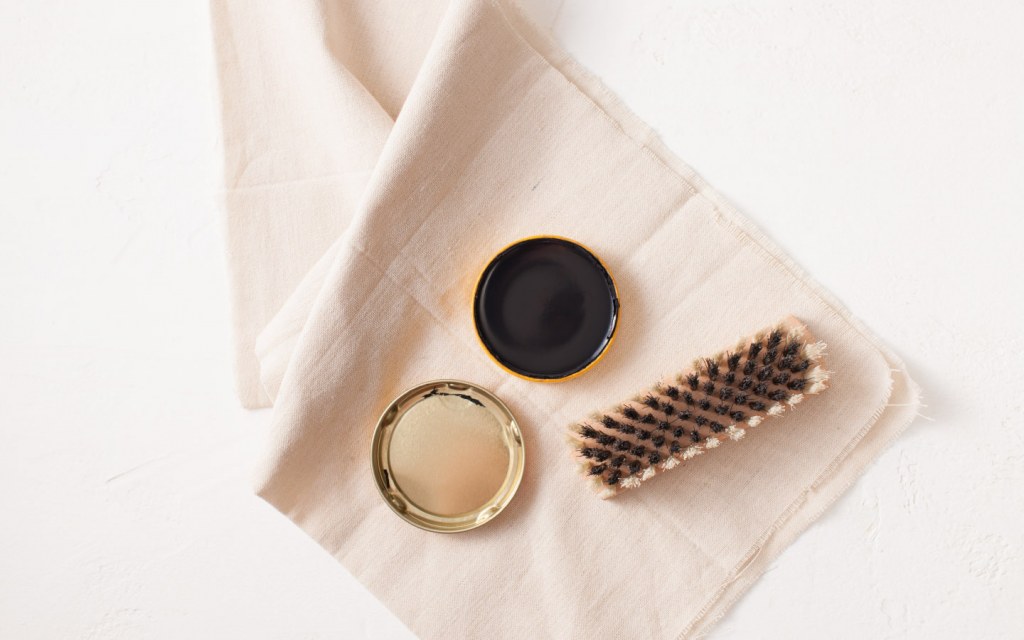
Another obvious stand-in for paint and crayons, shoe polish can be used to get deep scratches out of a wood table and other pieces of furniture. You can use either the liquid polish or the gel stain for this purpose – just make sure you only dab tiny amounts of polish to fill the scratches. Once done, let it dry for a few hours before spraying the wood polish.
Charcoal Powder
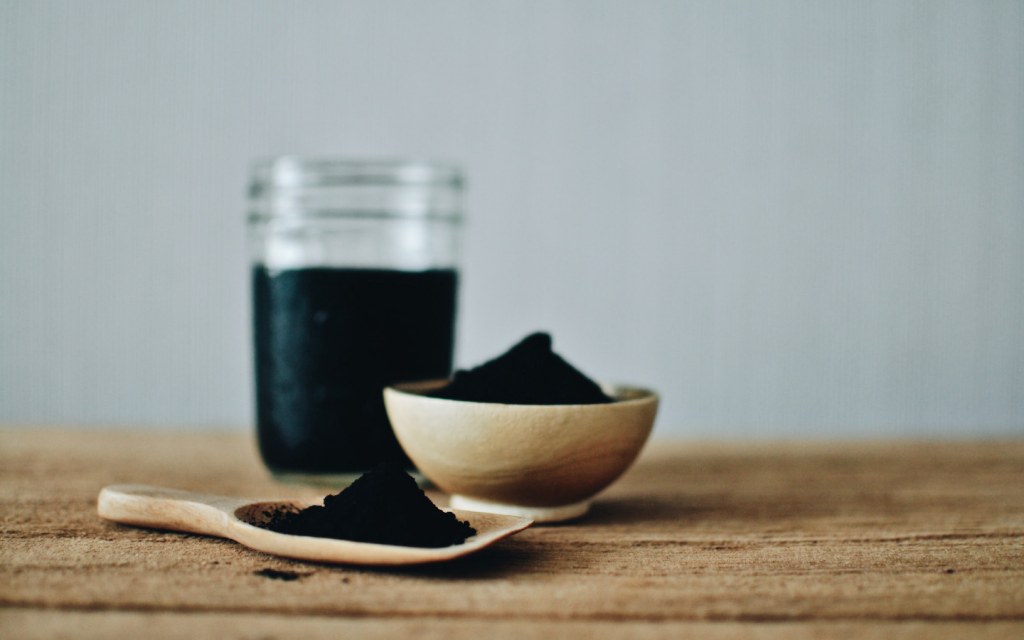
If you have ebony-finished wooden furniture, take some charcoal powder and mix it with a few drops of water to form a paste-like substance. Then, take a cotton swab and dab the mixture into a scratch. Wipe off the excess charcoal paste with a paper towel to make your furniture look almost brand new.
Although all of these tricks are tried and tested, you need to remember the deeper the scratches are, the harder they are to conceal. So, if nothing works, you can always cover up the ugly scratches with decorative pieces and such. In fact, you can even turn this into a weekend DIY home improvement project.
If your kitchen table looks really worn out and you can’t afford to replace it, purchase a beautiful table cover or make one yourself. This DIY hack for wood scratches will not only hide any imperfections and flaws but also add a burst of colour to the room.
Moreover, you can also take a look at a few more ways to give new life to old furniture.



